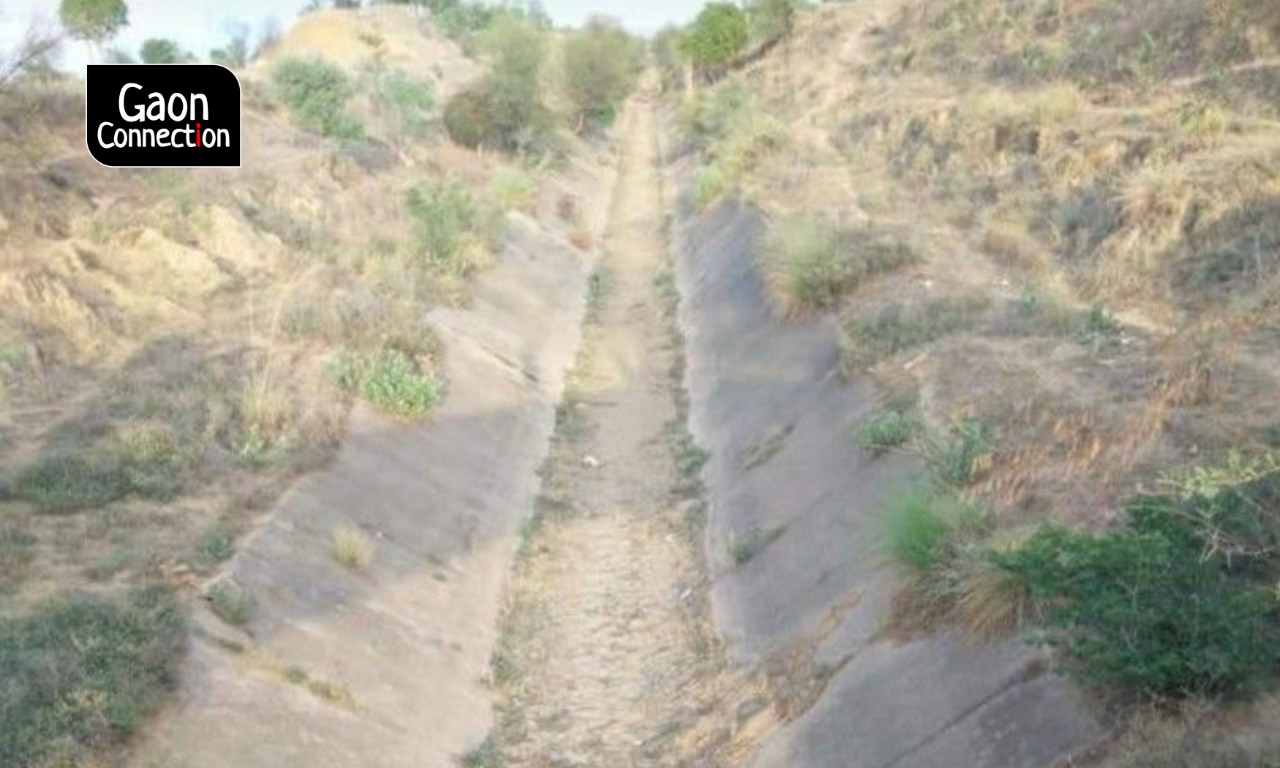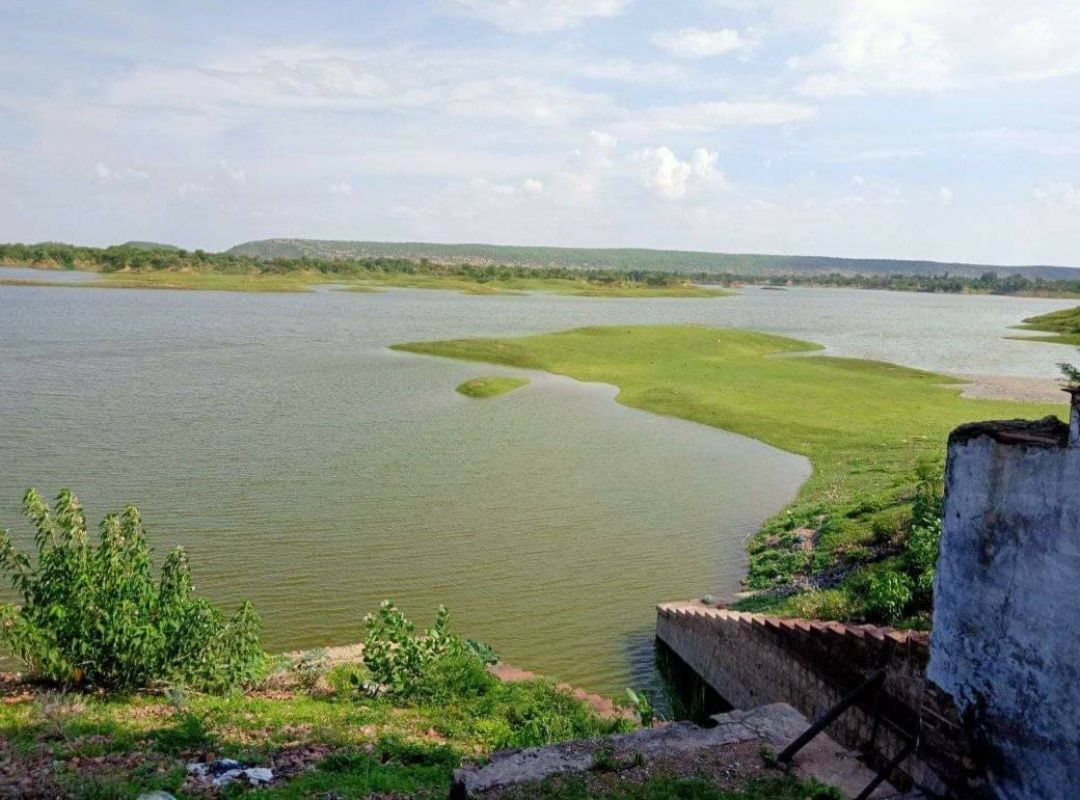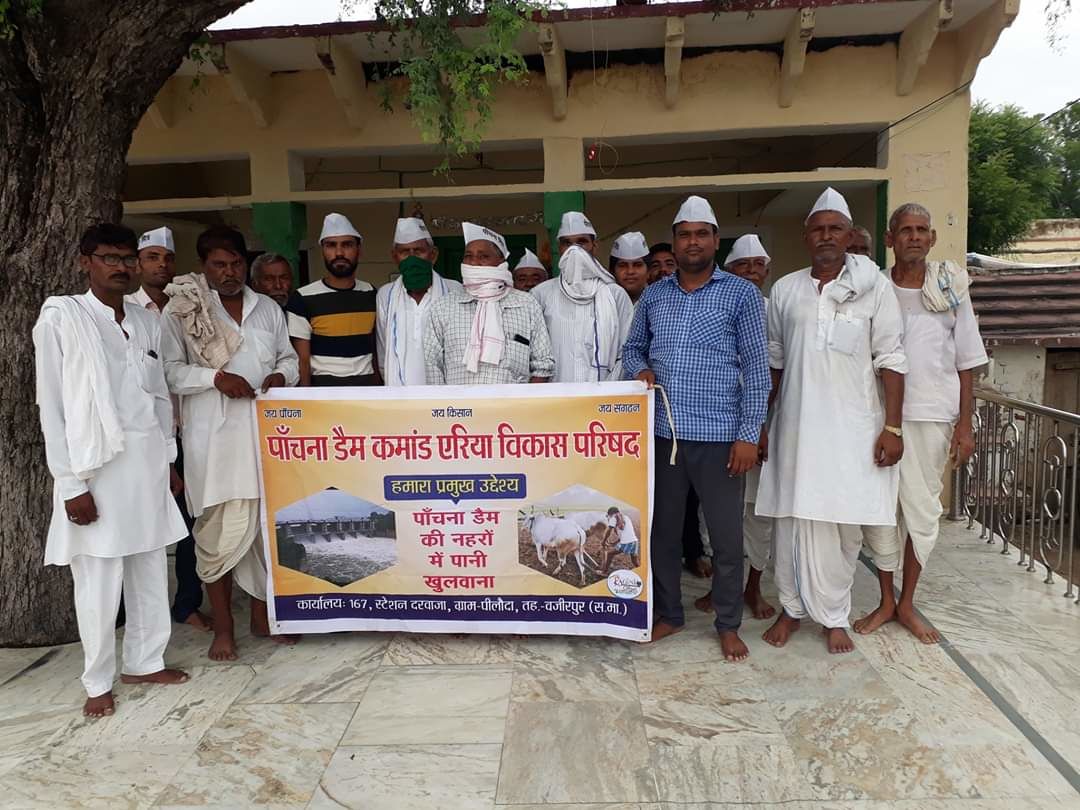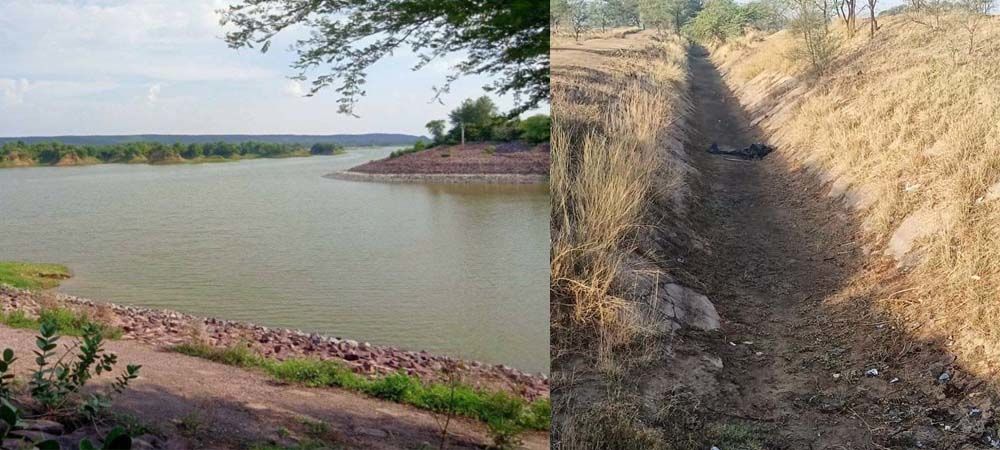High and Dry: Fourteen years on, 47 villages in Rajasthan await Panchana dam’s water
Once beneficiaries of the dam, these villages in Karauli and Sawai Madhopur ran dry when the state government stopped releasing water in 2006. Over 10,000 hectares of farmland has turned arid.


Karauli, Rajasthan.
For 14 years now, after flow was stopped from the Panchana Dam in eastern Rajasthan, people living and farming in 47 adjoining villages in Karauli and Sawai Madhopur districts have gone without water for drinking or irrigation. Local residents say that about 40,000 bighas (10,000 hectares) of once-cultivated land has been rendered arid in both districts due to closure of canals. This has caused a direct loss of about Rs 1,400 crore (calculated at Rs 25,000 a bigha a year) over 14 years, and a population of 125,000 has been affected, claimed the Panchana Dam Command Area Development Council, an organisation that has been fighting for the cause of water in these districts.
There is also a Gurjar-Meena ethnic discord angle to this issue, and the lack of water has put a spoke in the plans of the hundreds of migrant workers who returned home from the cities in the hope of resuming farming.
Karauli is about 200 kilometres from the state capital of Jaipur and Sawai Madhopur about 175 kilometres. Among the affected villages, 35 fall in the command area and the rest are situated near the dam. The dam is in Karauli on the Gambhir river, a tributary of the Yamuna. Work on the dam began in 1979 and was completed in 1986.

In 2006, the state government stopped releasing water in the canals without citing any reason, said Raghuvir Prasad Meena, president, Panchana Dam Command Area Development Council. It has never resumed despite persistent agitation and requests to the highest authorities by the villagers under the aegis of the Council.
Meena said the migrant workers who had returned home due to the COVID-19 pandemic and hoped to resume farming have been left disappointed. “They have to return to the cities due to lack of water for irrigation. The returnees include labourers and craftsmen. The young are going back,” he said.
The groundwater level in the 47 affected villages has registered a significant decline in these 14 years, Meena said. “Farmers’ debts have increased and they have been forced to reduce their livestock,” he pointed out.

Without water from the dam, rabi crops will suffer
The Panchana dam currently holds a bumper stock of water — 47.25 million cubic metres as against its holding capacity of 59.45 million cubic metres. It is 80 per cent full. In comparison, in 2019, the dam was less than 30 per cent full. “If the government accedes to our demand, after 14 years of not raising rabi crops such as wheat, dals and mustard, we can finally sow for the rabi season, and irrigation can be done using water from the dam,” Meena told Gaon Connection. All these years, the farmers here only raised kharif crops of bajra, chana and vegetables.
“We have sent six e-mails and hundreds of tweets to the chief minister. We have also registered the problem on the grievance redressal contact portal, and written to authorities, including the state chief secretary and the Karauli collector If they do not respond and remain apathetic, the rabi season is bound to suffer,” he added.
Meena rued that they were not getting any support from the government. “These canals have fallen into disrepair at numerous places. They have gathered silt, and vegetation and shrubs have grown in the 14 years that they were dry. Our request is to repair the canals and release water so the water scarcity in villages in the Dang area [Karauli and Sawai Madhopur, along with Bharatpur, Dholpur, Bundi and Baran, fall under this belt] is eliminated,” he said.
Gaon Connection spoke to Karauli district collector Siddharth Sihag, who said canal work was in progress and that he could provide complete information about it next month.

Gurjar-Meena ethnic discord
Meena said that water from Panchana was withheld following protests during the Gurjar agitation that brought eastern Rajasthan to a screeching halt in 2006. There are about 35 Gurjar majority villages located above the dam. Most of the villages receiving water from the dam are Meena dominant. The Gurjars assumed a superior right on the water, and demanded their villages be provided water first.
Following this, the then state government planned the Gudla-Panchana lift canal project in 2011, with a budget of Rs 13.21 crore, to provide water to Gurjar-dominated villages situated at a height. “After a lot of protests and demands, ninety per cent of the work has been completed. The lift canal project will benefit about fifty thousand villagers, mostly Gurjars. We have superior right on the dam water. After we get water, we have no objection to whoever the government gives water to,” Ashok Dhawai, a Gurjar, who is chairman of the Gudla-Panchana Lift Irrigation Sangharsh Samiti, told Gaon Connection. He concedes that the re-opening of canals will benefit the farmers of numerous castes.
Meena has a different take on the issue. “We have no objection to the Gudla-Panchana lift canal. The thirty five villages of the command area and twelve other villages were being provided water even earlier through the canals. Our demand is to only reinstate water supply in the canals,” he said.
Read the story in Hindi.

